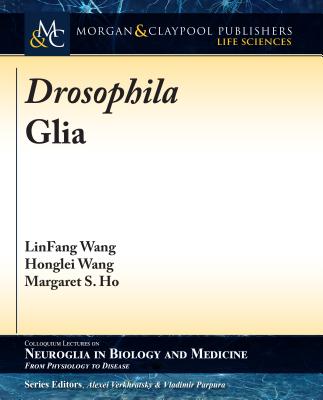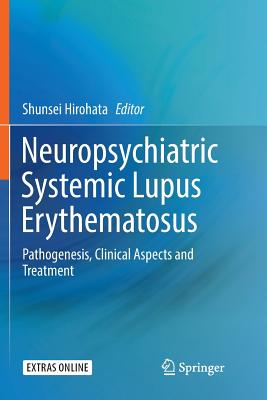NG2-Glia (Polydendrocytes) (Colloquium Series on Neuroglia in Biology and Medicine)
暫譯: NG2-膠質細胞(多樹突膠質細胞)(生物與醫學中的神經膠質專題系列)
Arthur M. Butt
- 出版商: Morgan & Claypool
- 出版日期: 2016-10-31
- 售價: $1,230
- 貴賓價: 9.5 折 $1,169
- 語言: 英文
- 頁數: 52
- 裝訂: Paperback
- ISBN: 1615047301
- ISBN-13: 9781615047307
海外代購書籍(需單獨結帳)
相關主題
商品描述
Classically, the central nervous system (CNS) was considered to contain neurons and three main types of glial cells-astrocytes, oligodendrocytes, and microglia. Now, it has been clearly established that NG2-glia are a fourth glial cell type that are identified and defined by their expression of the NG2 chondroitin sulfate proteoglycan (Cspg4). NG2-glia differentiate into oligodendrocytes, the myelin-forming cells of the CNS, under the control of multiple extacellular and intrinsic factors. Due to this, NG2-glia are often referred to in the literature as oligodendrocyte progenitor cells (OPCs). The name polydendrocytes has been suggested for NG2-glia (OPCs), to emphasize their nature as a fourth distinct glial cell type. NG2-glia respond rapidly to neurotransmission via their synaptic connections with neurons and their repertoire of neurotransmitter receptors and ion channels. Bidirectional interactions between NG2-glia and neurons are also important for synaptic function and neuronal integrity. NG2-glia respond to most neuropathologies by increased proliferation and differentiation into oligodendrocytes, which is critical for replacing damaged myelin after injury and in demyelinating diseases, such as multiple sclerosis. There is also evidence NG2-glia are capable of generating astrocytes and neurons under some circumstances. The full capacity of NG2-glia is not yet clear, but their key function is the lifelong generation of oligodendrocytes, which is absolutely critical for CNS function and integrity.
商品描述(中文翻譯)
傳統上,中央神經系統(CNS)被認為包含神經元和三種主要的膠質細胞類型:星形膠質細胞、少突膠質細胞和小膠質細胞。現在,已經明確確立NG2膠質細胞是第四種膠質細胞類型,其特徵是表達NG2硫酸軟骨素蛋白聚糖(Cspg4)。在多種細胞外和內在因素的控制下,NG2膠質細胞可分化為少突膠質細胞,這些細胞是CNS中形成髓鞘的細胞。因此,文獻中常將NG2膠質細胞稱為少突膠質細胞前體(OPCs)。為了強調其作為第四種獨特膠質細胞類型的特性,建議將NG2膠質細胞(OPCs)稱為多樹突膠質細胞。NG2膠質細胞通過與神經元的突觸連接及其神經傳遞物質受體和離子通道的組合,對神經傳遞作出快速反應。NG2膠質細胞與神經元之間的雙向互動對突觸功能和神經元的完整性也很重要。NG2膠質細胞對大多數神經病理學的反應是增強增殖並分化為少突膠質細胞,這對於在損傷後和在脫髓鞘疾病(如多發性硬化症)中替換受損的髓鞘至關重要。還有證據表明,在某些情況下,NG2膠質細胞能夠生成星形膠質細胞和神經元。NG2膠質細胞的全部能力尚不清楚,但其關鍵功能是終生生成少突膠質細胞,這對於CNS的功能和完整性至關重要。















